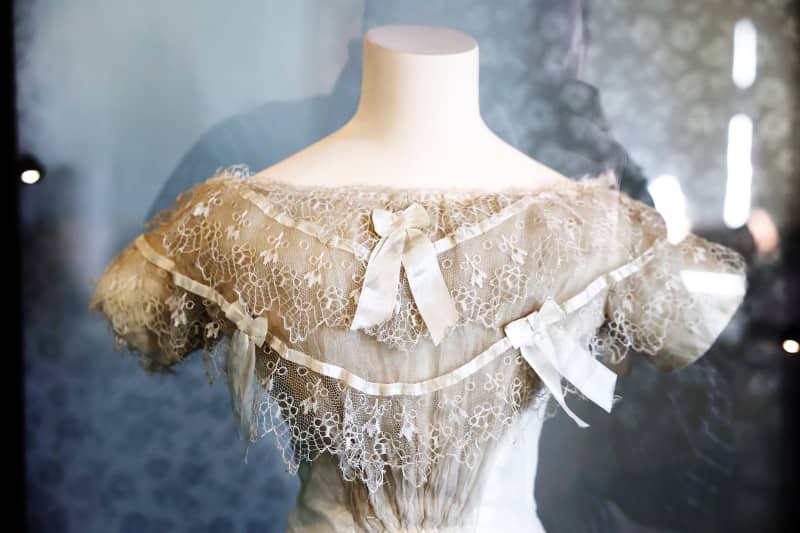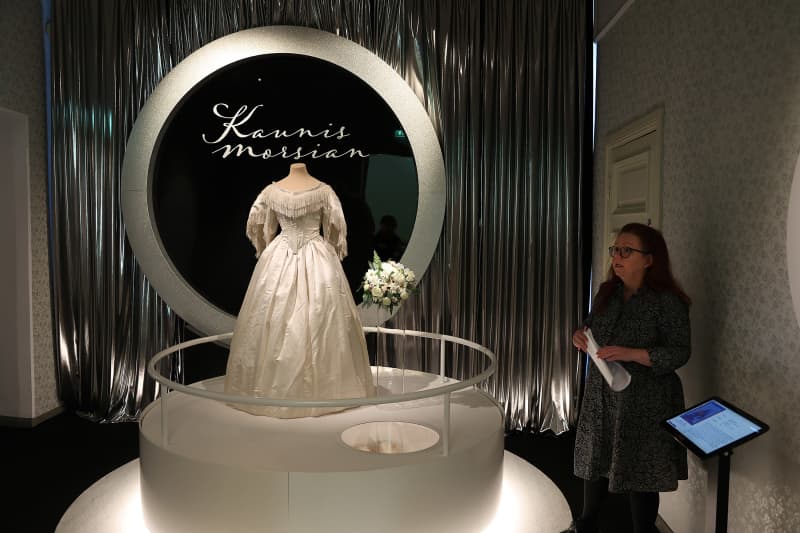Old party dresses can be valuable, but there are a lot of them in museum collections. Work and casual clothes, on the other hand, are missing, even if they tell more about life in the old days.
The silk dream was donated to the museum collections in 1930. It is thanks to private donations that the collections accumulate, and a historical gem can be found in an ordinary household item.
However, many clothes that are valuable from a museum perspective have been thrown from the attics. When history professionals are asked what the collections lack, the answer is clear.
For example, when setting up the Tampere 1918 exhibition in the museum center Vapriiki, it was noticed that the collections did not contain the usual everyday clothes of the city’s men from a hundred years ago.

Worn work clothes are evidence of everyday life
– Ordinary everyday life in Tampere. It would be important to have old work clothes in the collection. The conservator is interested in the history of use and how consumption is reflected in the garment.
The history of consumption and use is the same as the story of the garment, and that is what is most important from the museum’s point of view. For museums, things and objects that come with a story are the most valuable.
– The contextual information should be as good as possible: to whom the garment belonged, in what situation it was used and whether there is a story associated with the garment, Mari Lind lists the criteria.

So you might find clothes in the attic that would have a better place in a museum. If you suspect that the finds could have historical value for people other than your own family, you should ask the museums of your home region or field about their interest.
However, the sieve is tight for practical reasons.
– We always check carefully whether the clothing offered to us can be included in the collections, because when we accept it, we commit to keeping it as long as possible, explains Mari Lind.
A treasure is a treasure even at home
Professionals have the best conditions for preserving old fragile materials, which are easily destroyed in the humidity of the home and when hung carelessly.
So, should people actively seek to bring old valuable suits to shelter from their warehouses? Pyysalo is in line with his colleagues regarding the need for everyday clothes in good condition for museums, but he would like people to appreciate their home collections as well.
– The issue is contradictory and resources are limited. Clothes are important material in terms of family history. I think that even in the midst of a lot of stuff, people could store something themselves and pay attention to storage. Clothes can be great treasures even for a family.
In the best case, the garment gets a new life while still old, Pyysalo reminds.
– My own high school-age son has dug out his grandfather’s leather jacket and the vest of the family’s old suit from the attic. So treasures can be kept because someone can someday find them and put them to use.
*The Beautiful Bride exhibition is on display at Museo Milavida in Tampere until March 3, 2024.*
